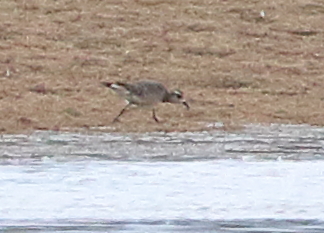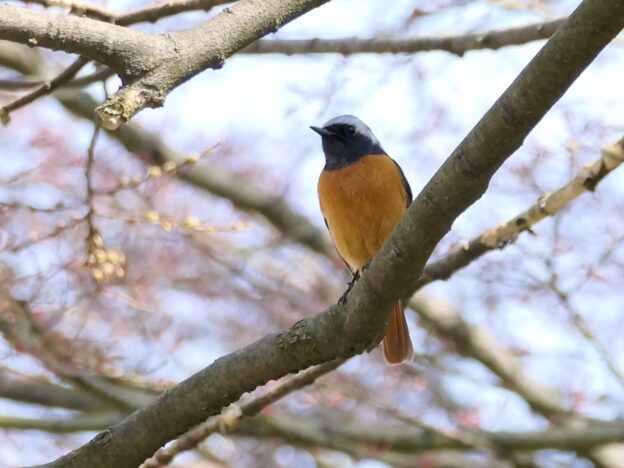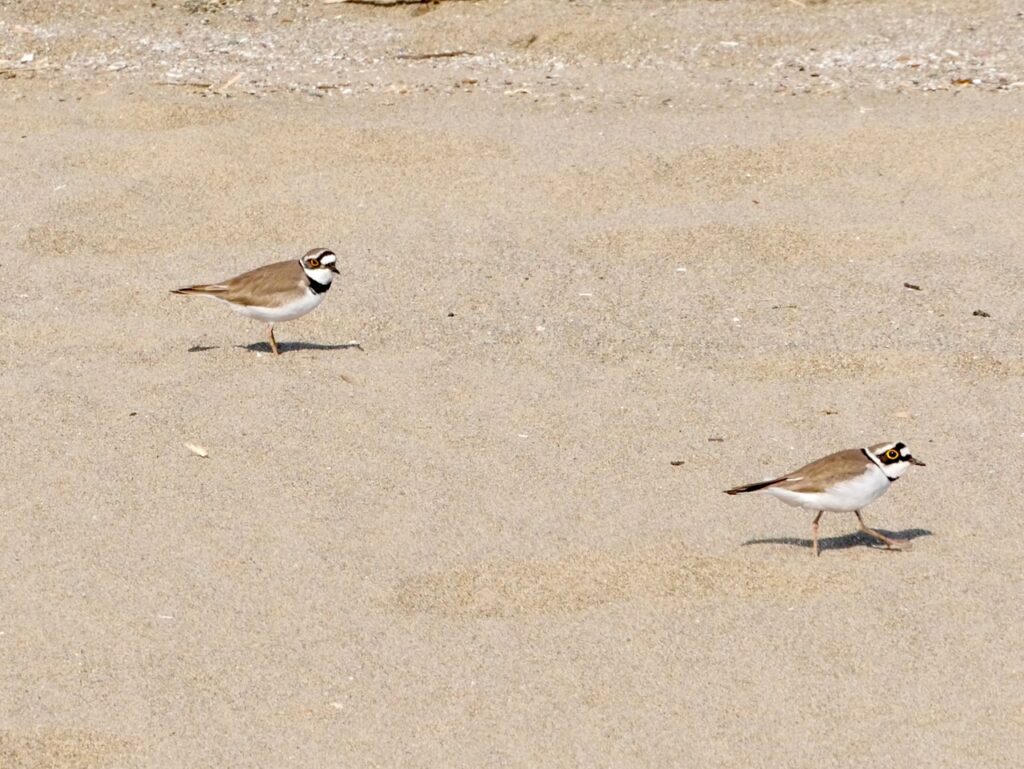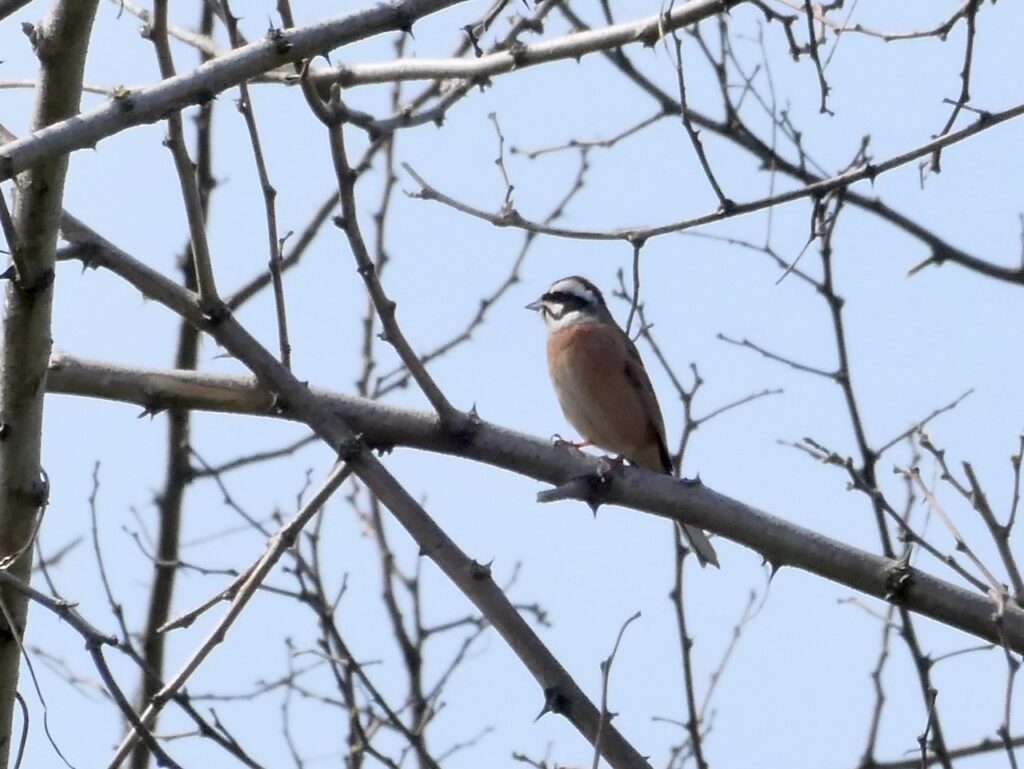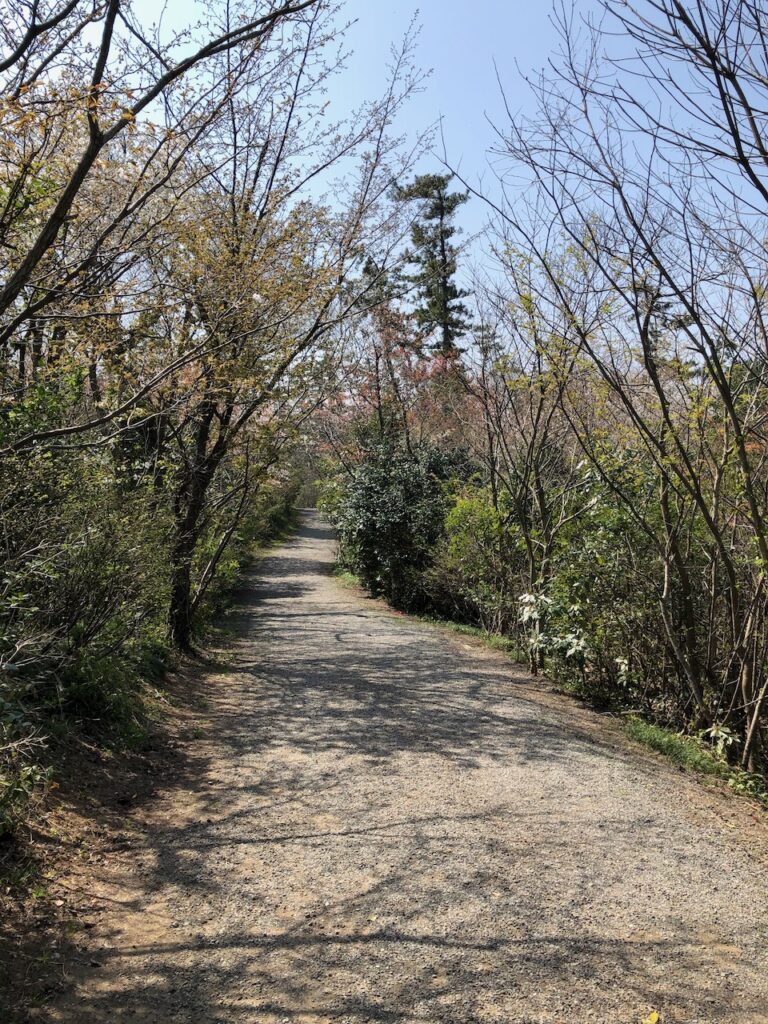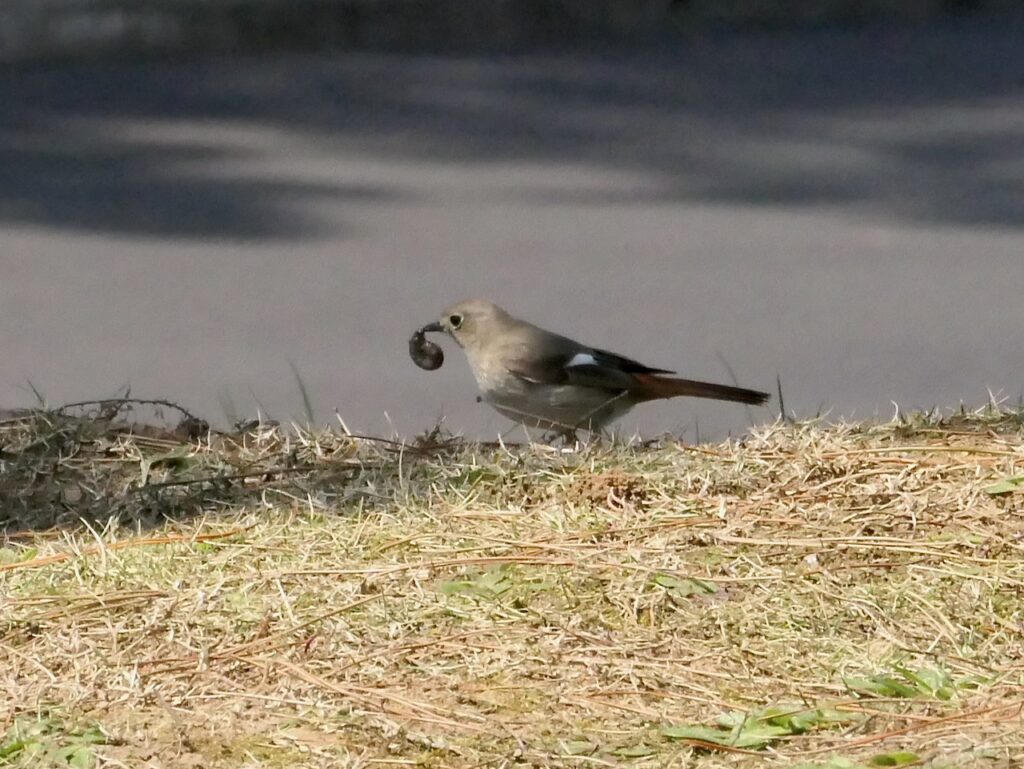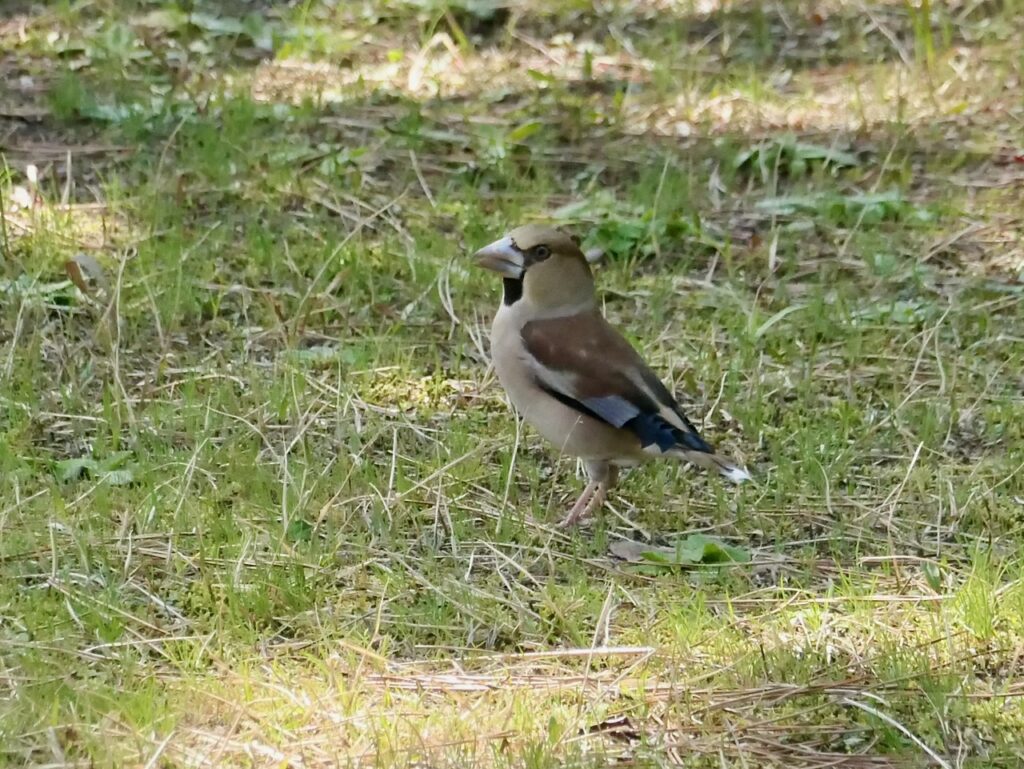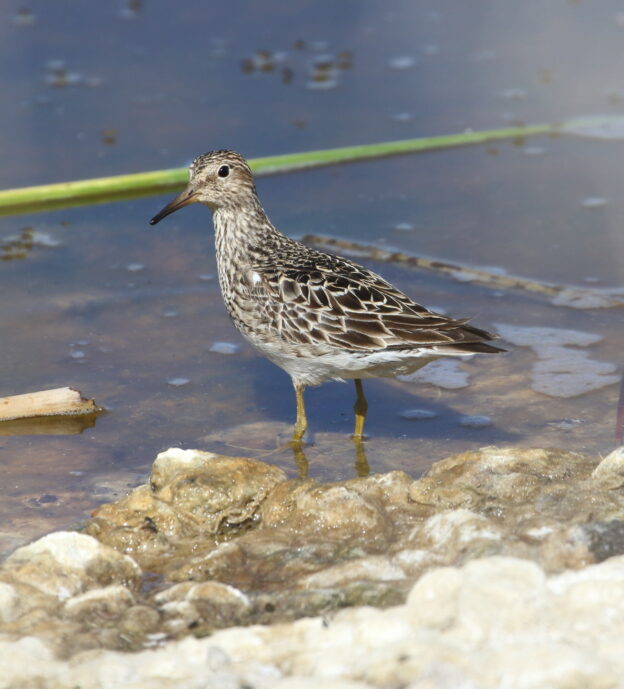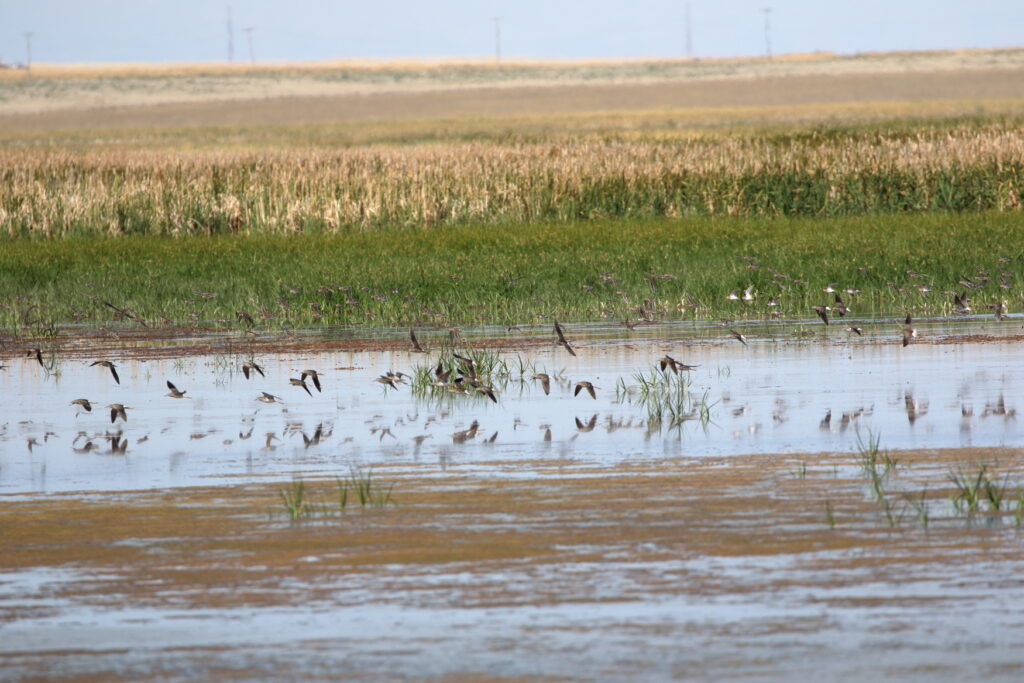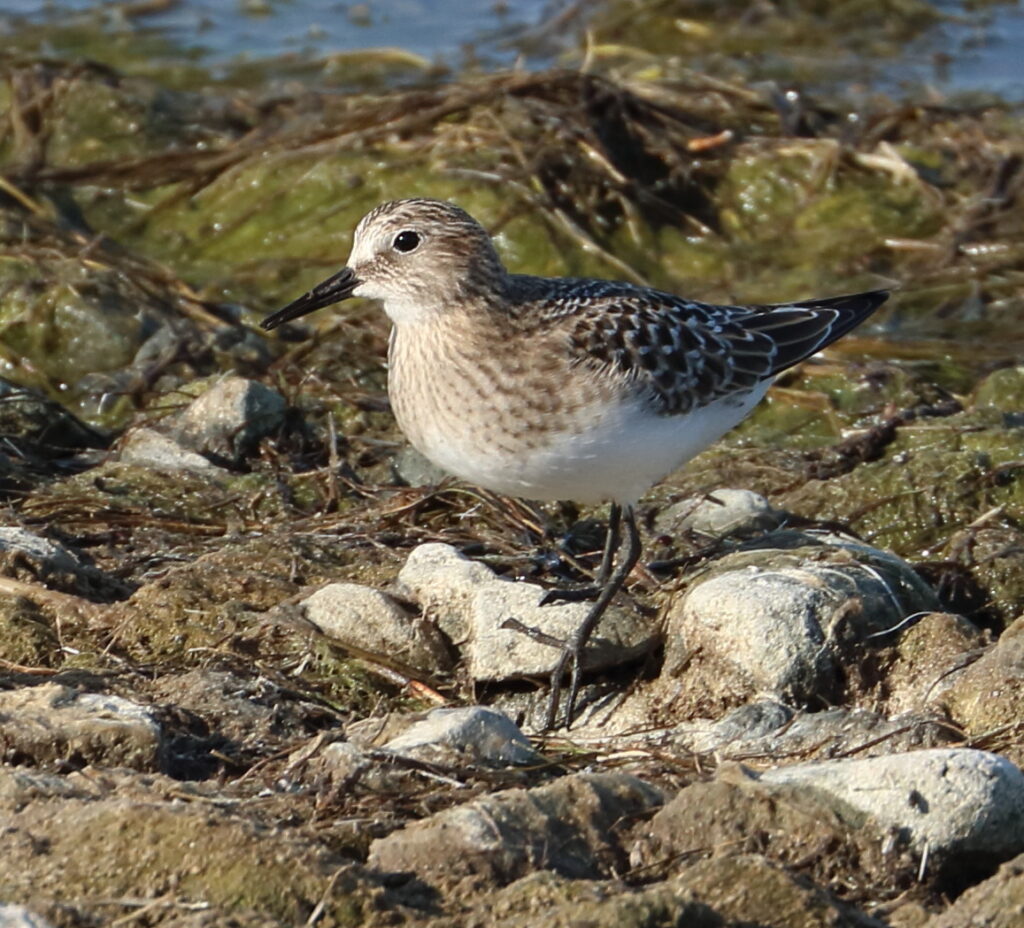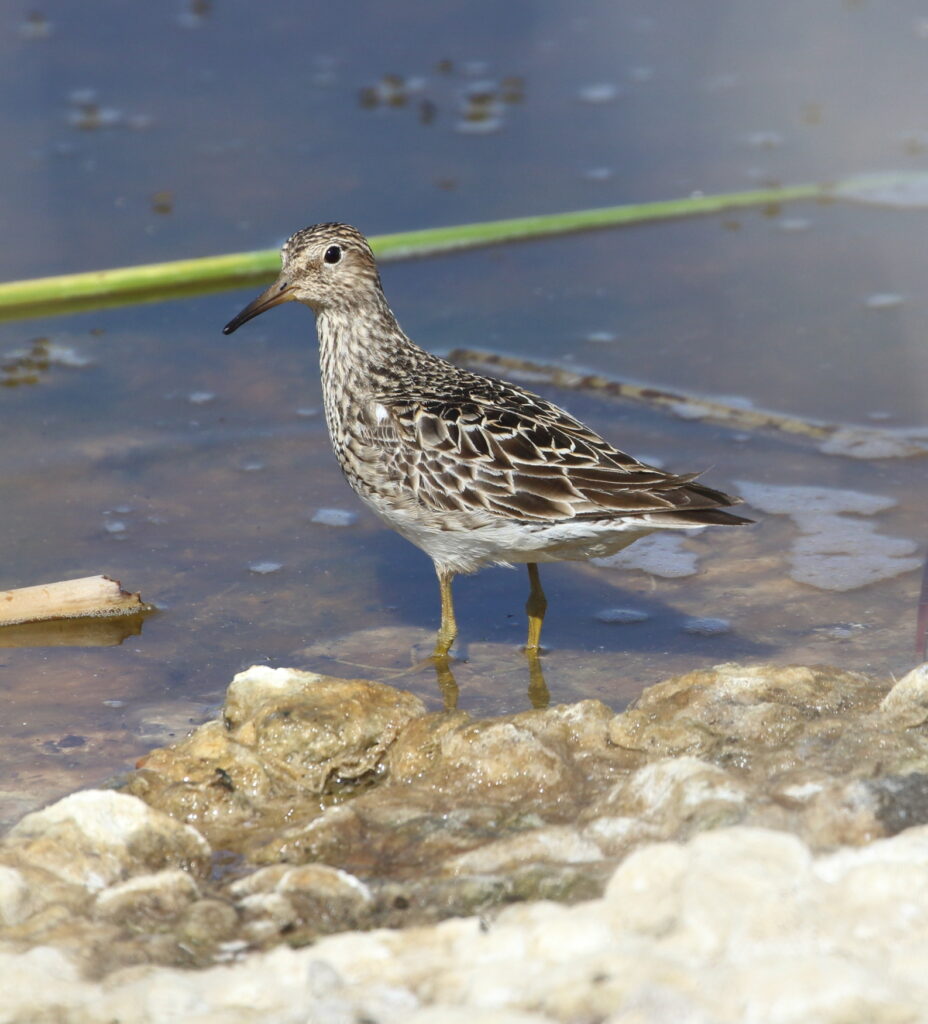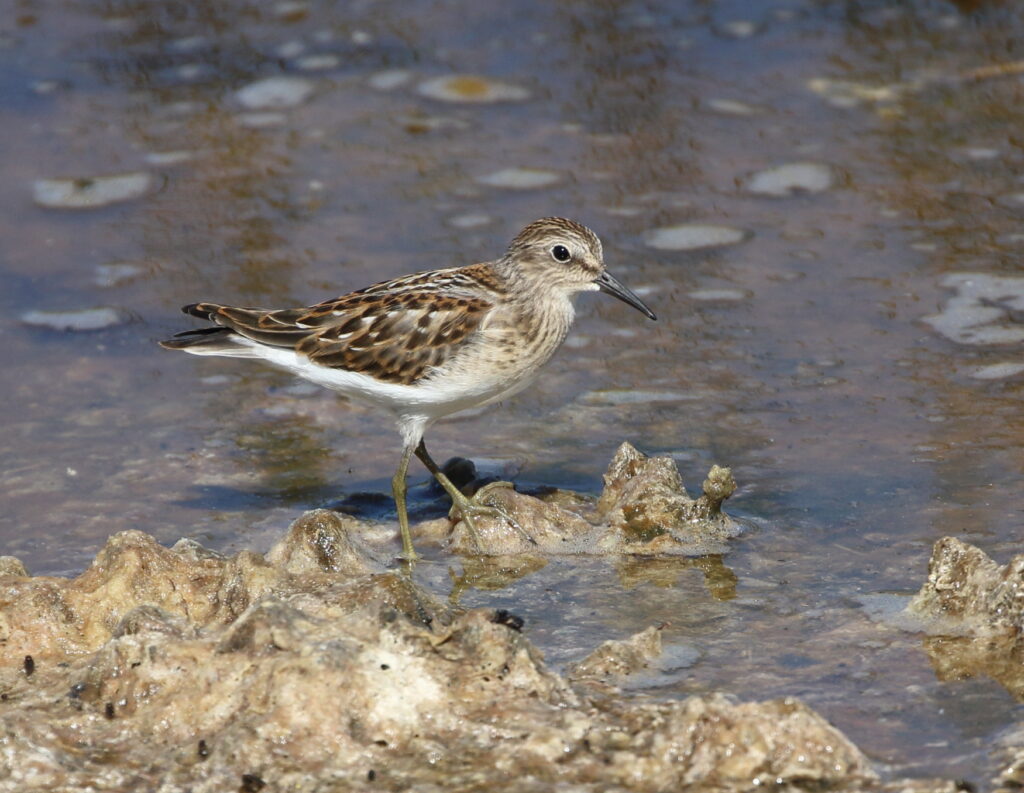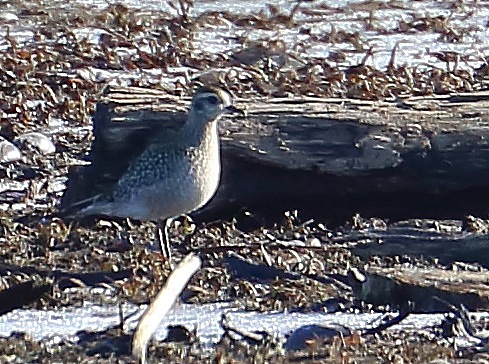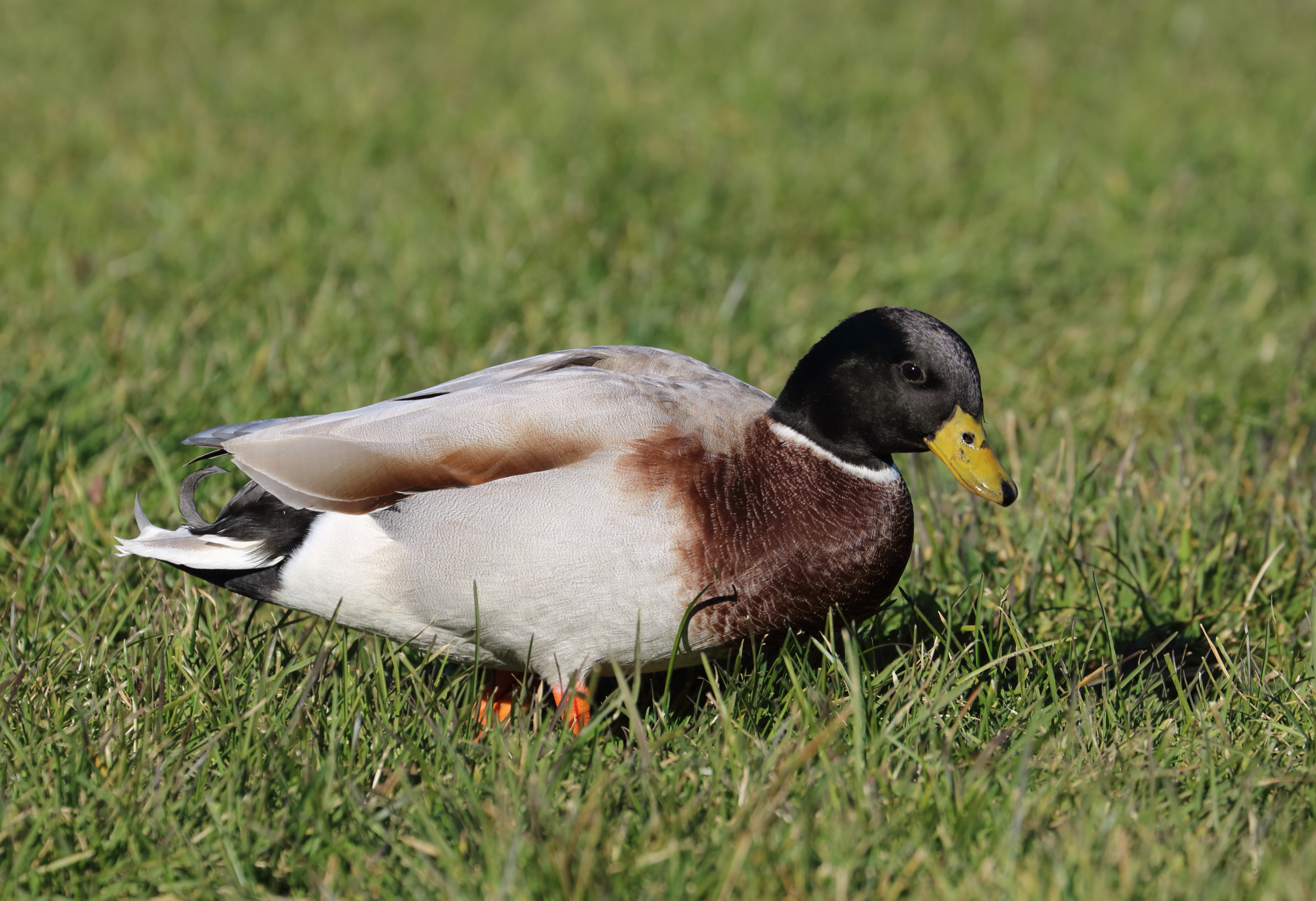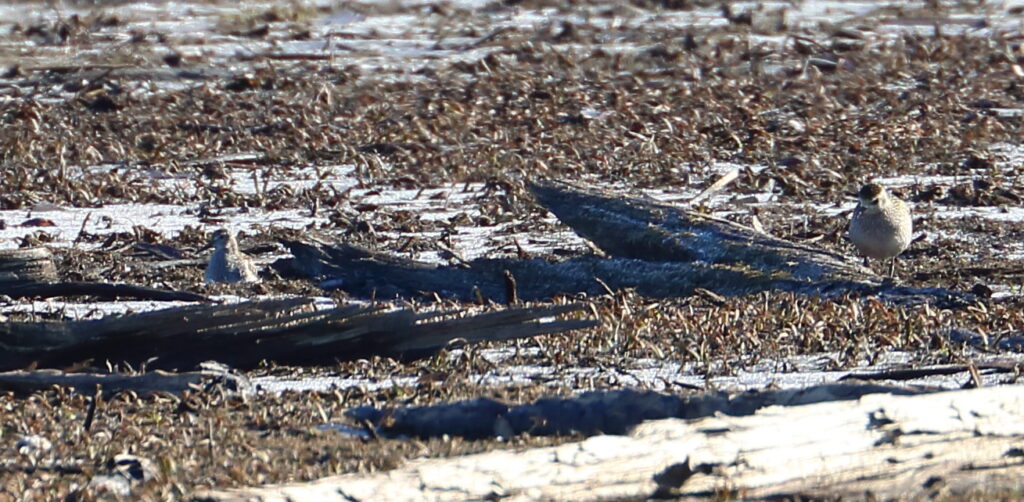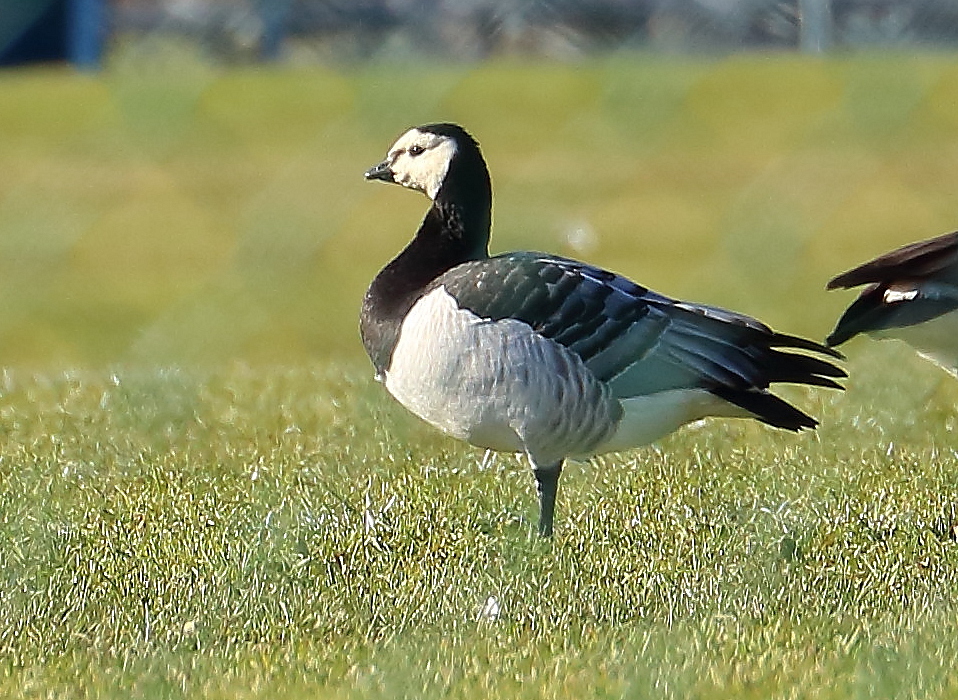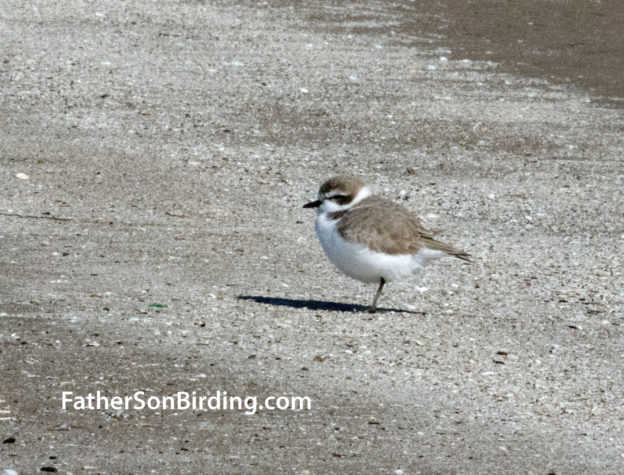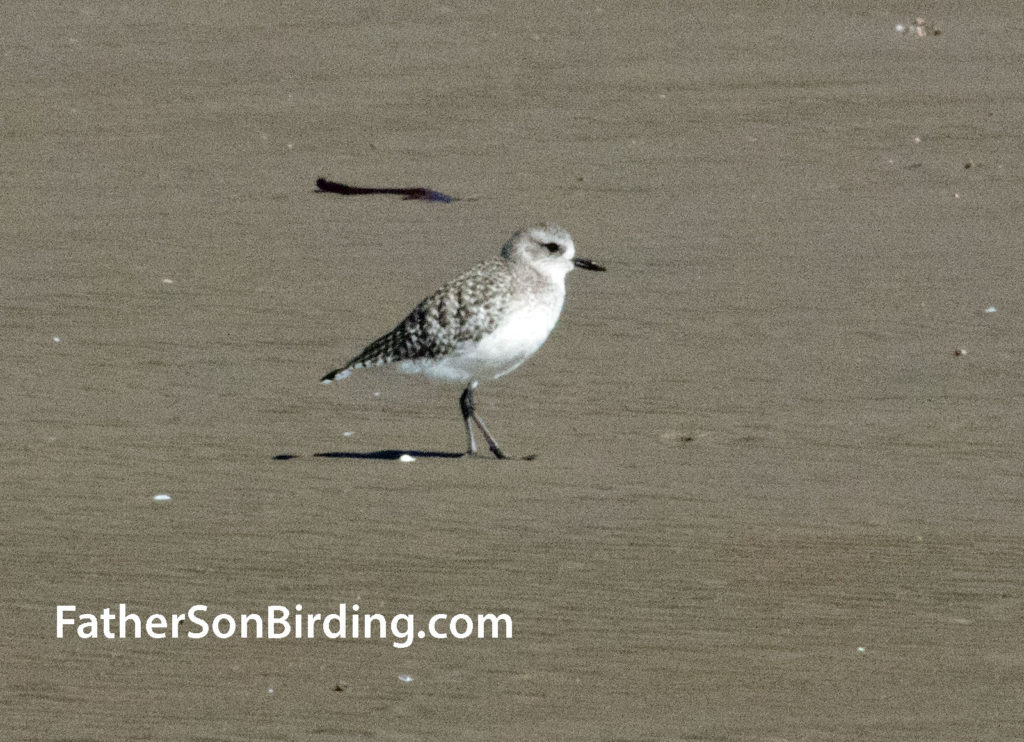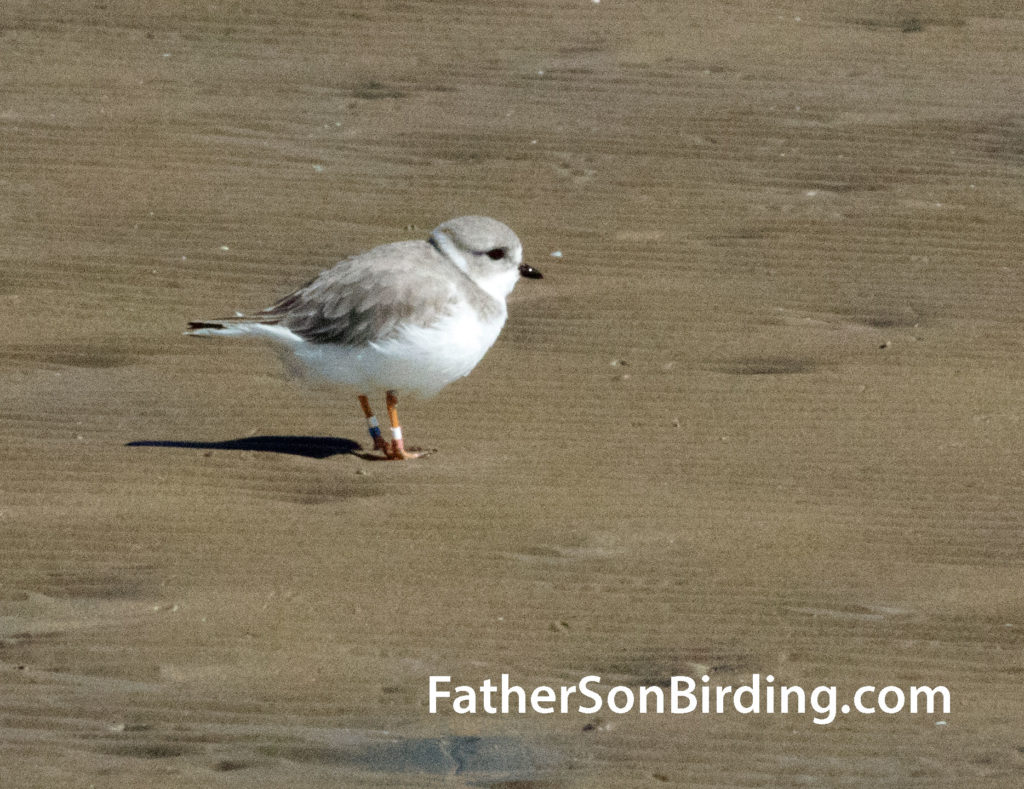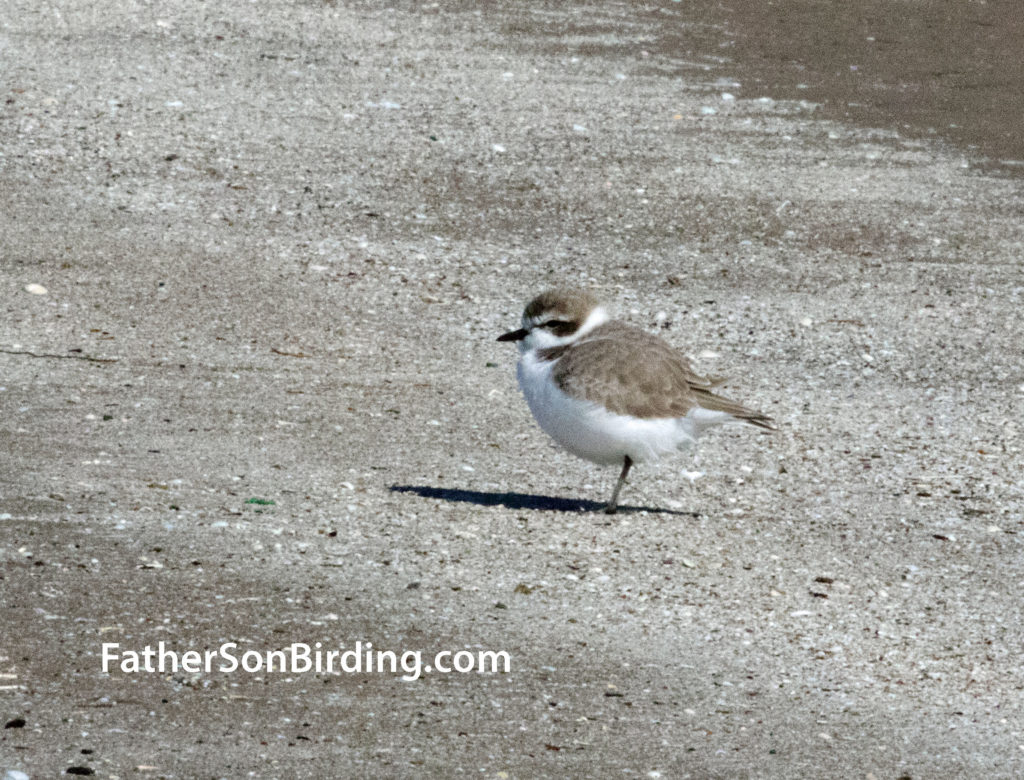Before sharing my recent search for nemesis birds, a quick update on our last post, “Welcoming White-crowned Sparrows—with Observer Bias”. In the post, I discussed how the apparent abundance of White-crowned Sparrows coming through western Montana this year may have to do more with my birding effort than actual sparrow numbers. Well, after I published the post, several birders around the state shared that they also have been seeing unusually high numbers of White-crowneds. This greater “sample size” of observations leads me to believe that the birds might be having an exceptional year after all. Go White-crowneds! This last Monday, in fact, I saw another WCSP feeding with some American Goldfinches. Will it be my last observation of the season?
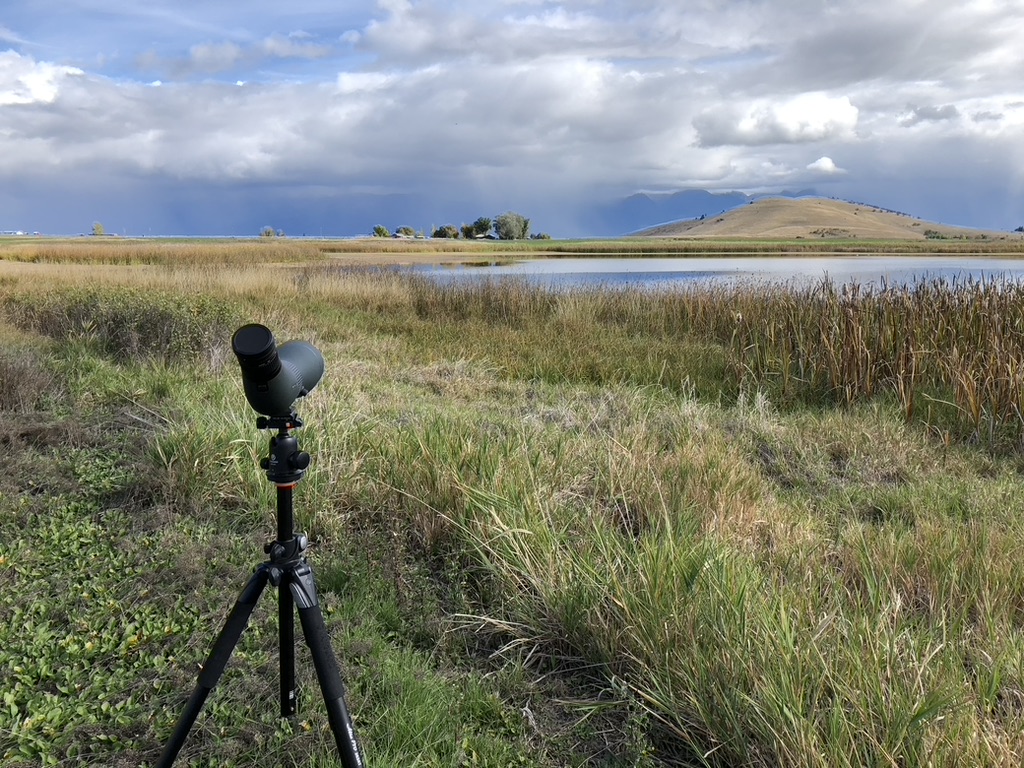
In recent posts, I have shared my foiled attempts at finding one of my biggest nemesis birds, Spruce Grouse. Here in Montana, I have started to become known as “The guy who’s never seen a Spruce Grouse.” It’s not my favorite moniker, but well, I am learning to live with it. To distract me from my shame, last week I decided to look for a different nemesis bird: American Golden-Plover.
Arguably one of America’s most stunning birds during breeding season, the AGPL has thwarted Braden and me here in Montana at least a dozen times. Every year, birders spot the plovers up in the Mission Valley north of us, and countless times we have saddled our trusty minivan and galloped up to Ninepipe National Wildlife Refuge or Pablo Reservoir—only to find no American Golden-Plovers in sight. Braden did finally find one in Maine a couple of years ago (see his post “A Montana Nemesis Bird in Maine”), but the arrival of 2023 still saw the absence of this marquis bird on my Life List, let alone my or Braden’s Montana lists. This has obviously caused us great pain and anguish, so when I saw that someone had observed six, count ‘em SIX, American Golden-Plovers up at Ninepipe last week, I had to seriously ask myself if I wanted to put myself through yet more misery.
My answer, with Braden’s encouragement: Yes.
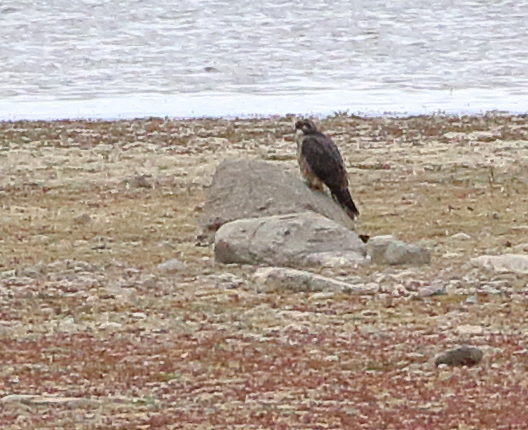
As a result, last Thursday, I woke early, walked Lola, and then headed north on 93. My first stop? Ninepipe. I usually begin my explorations here with a drive down Duck Road, but today I was a man on a mission, so I entered at the bottom end of the refuge. Almost immediately, I spotted small shorebirds at the edge of a pond and pulled over to get out my spotting scope. Before I could get my eyes on them, though, a large dark shape swooped in and the shorebirds frantically flung themselves into the sky. Peregrine Falcon! my mind shouted as I excitedly watched the raptor give chase. The falcon and shorebirds circled the pond twice, but then fled toward the horizon. I had failed to get a look at the shorbs, but seeing a Peregrine was a thrilling start to the day!
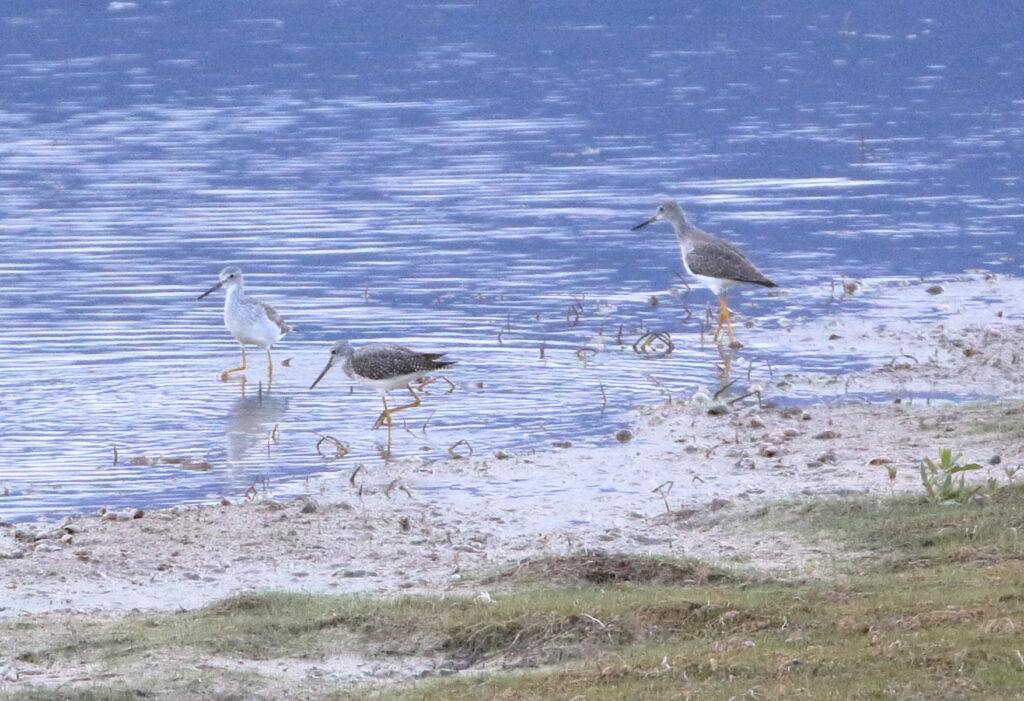
After climbing back into the car, I continued to wind my way north, getting glances at Trumpeter Swans and several kinds of ducks. I also got great looks at a trio of American Pipits on the road. My major destination, though, was the dam on the west side of the main lake. There, I observed several Greater Yellowlegs and, driving a bit farther, a couple of other shorebirds on the muddy shore below. I quickly parked and began breaking out my spotting scope when a car pulled up containing yet another impressive trio: accomplished Montana birders Craig Hohenberger, Shawn Richmond, and Braydon Luikart! I had last met Craig all the way out in Westby this past summer so it was a nice surprise to see him here again now, and to chat with all of them.
“Are you the one who is trying to find the Spruce Grouse?” Shawn asked.
“Well, uh, yeah,” I sheepishly replied. “But today I’m looking for American Golden-Plovers.”
Shawn knows the Mission Valley like the back of her hand, and said, “They should be around.” She then gave me the name of a place she had seen them only in the past few days.
“Thanks,” I told her, “I’ll check that out.”
First, though, I wanted to scope the ground in front of me. To my surprise, the pair of shorebirds below me turned out to be Pectoral Sandpipers—Year Birds for me and, I suspect, what the Peregrine Falcon had been going after earlier. Again, though, no golden-plovers, so I packed up my scope and moved on.
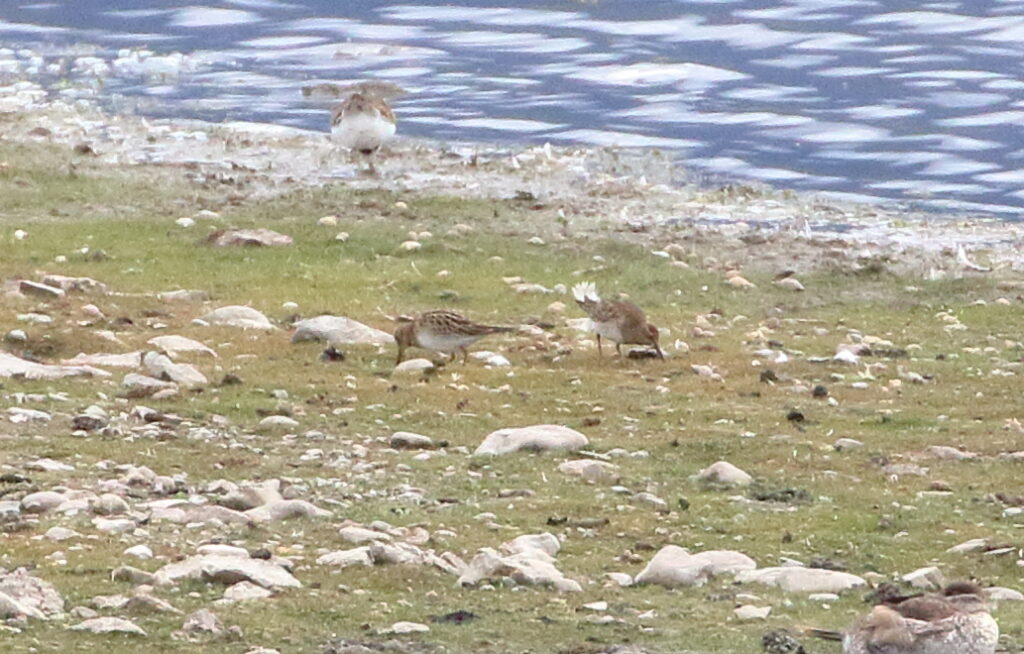
In a tradition Braden and I have followed since we began birding, I grabbed an egg biscuit at the McDonald’s in Ronan, and continued on to another well-known place for sighting AGPLs, Pablo Reservoir. Again, I began at the south end and slowly continued north on top of the dam. I was delighted to discover a pair of Baird’s Sandpipers scouring the shore in the company of half a dozen American Pipits. The gurgling calls of Sandhill Cranes ricocheted across the water as I looked out on hundreds of geese, ducks, gulls—and a lone American White Pelican. A dark shape perched on a little rock on the far mudflats, and I trained my scope on it with a strong suspicion. Yes! It was another Peregrine Falcon! I was definitely hitting migration season for those! As for the American Golden-Plovers???
Nada. Zilch. Klum.
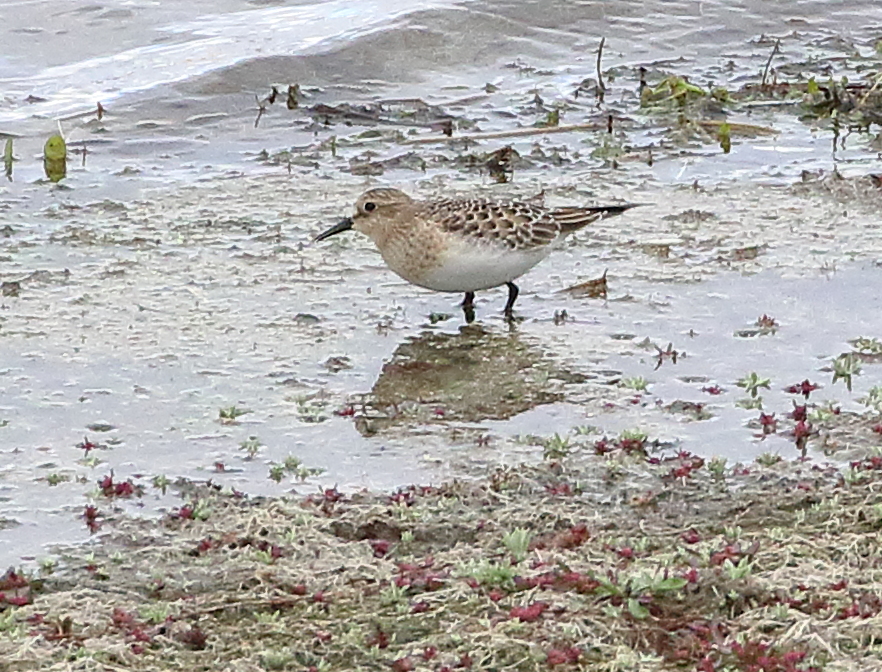
Normally, that would have been the end of my day—except for running into Shawn Richmond earlier. “I’m here,” I told myself. “I have plenty of iced tea. I might as well check out the spot she told me about.”
I punched up the location on Google Maps and it showed a 25-minute drive. Though an official hotspot, it definitely sat off the beaten path enough to receive fewer visitors. I parked behind an abandoned house of some sort and could see that viewing would be less than ideal. A lake lay several hundred meters away, but the near shore was obscured by vegetation while the far shore shimmered another couple of hundred meters beyond that. Nonetheless, even through my binoculars I could see that there were birds on that far shore. Even better, I felt pretty sure they were shorebirds!
I assembled my scope and began tromping across the field, hoping I wouldn’t scare any of the distant birds. I didn’t, but before I could get closer, a Northern Harrier did, and the birds on shore scattered before I had any hope of identifying them. I cursed at my luck, but then, amazingly . . . the birds came back! This spectacle, it turns out, would repeat itself quite a few times during my short visit.
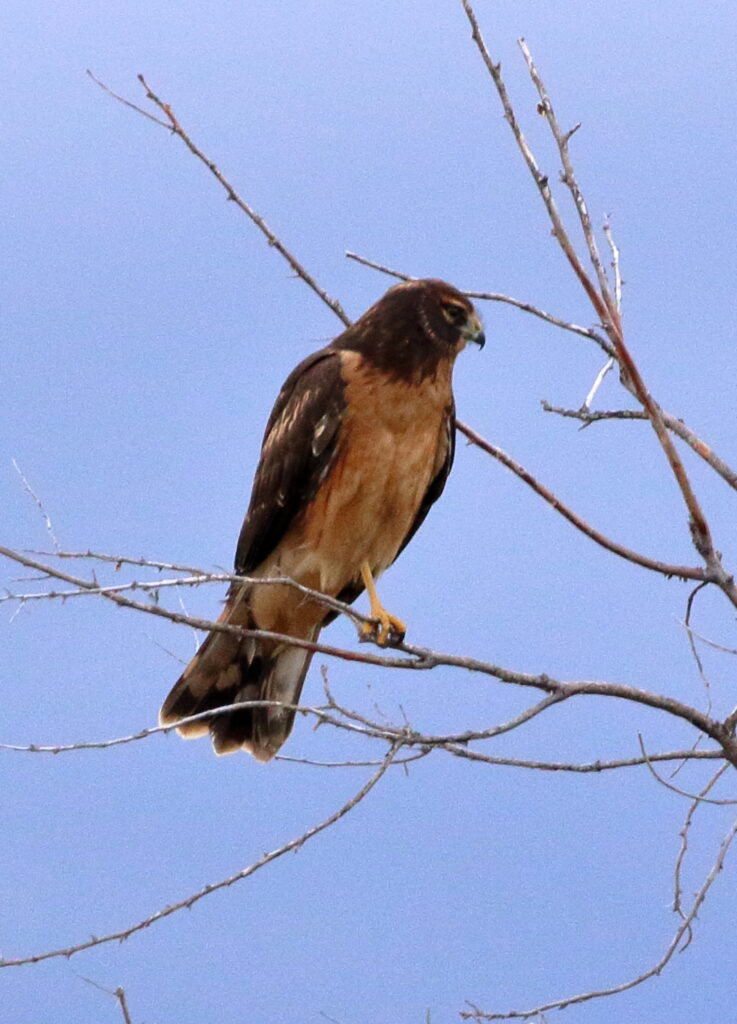
I got my scope focused and picked out about a dozen each Greater Yellowlegs, Killdeer, and Pectoral Sandpipers—but they weren’t what got my heart beating. Among the other birds, I also saw three distinct shapes. Plover shapes. Large plover shapes. Zeroing in on them, I got even more excited. They definitely could be what I was looking for!
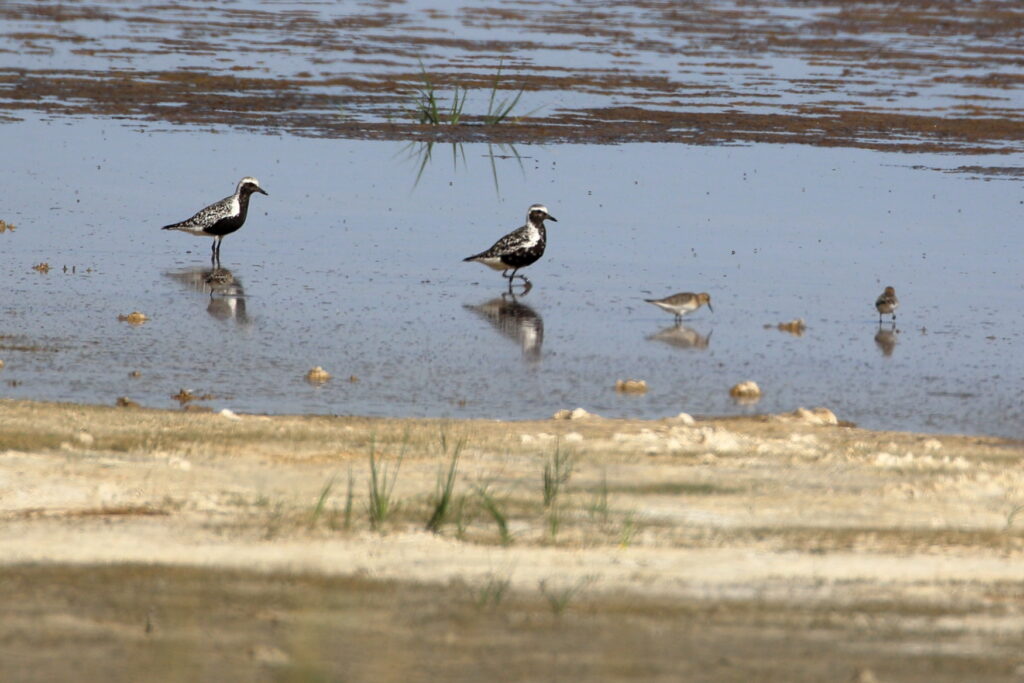
The problem is this: the plovers were not breeding males. Instead, they were in their much drabber juvenile or nonbreeding plumage, and that meant that they possibly could be either Black-bellied Plovers or American Golden-Plovers. I had seen nonbreeding Black-bellied Plovers several times—but didn’t have enough experience with them to say, “Those are NOT Black-bellied Plovers out there in front of me.” Still, thinking back on prior experiences, and studying my Sibley phone app, I had a hunch these might just be my nemesis Amercian Golden-Plovers. For one thing, their bodies and necks seemed slimmer than Black-bellied Plovers. They also gave off a kind of smooth, grayish sheen on their bellies whereas I remembered BBPLs as being whiter and more distinct.
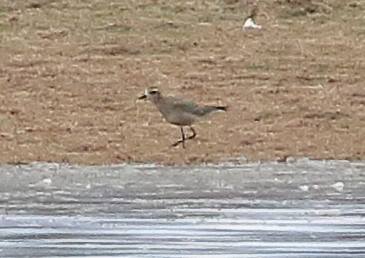
Bottom line: I just wasn’t sure.
I took tons of lousy photos, and as soon as I got home, sent them to Braden. A couple of hours later, he called me from Maine. “Daddy!” he exclaimed. “You saw American Golden-Plovers!” We then proceeded to detail the various aspects of his ID. Not only was it a great learning process, it felt good to be able to share this nemesis sighting with my son from all the way across the continent. AGPL, finally, after many years, became my 301st Montana Life Bird and the 997th on my Life List.
I’ll bet you can guess what I hope number 998 will be!
